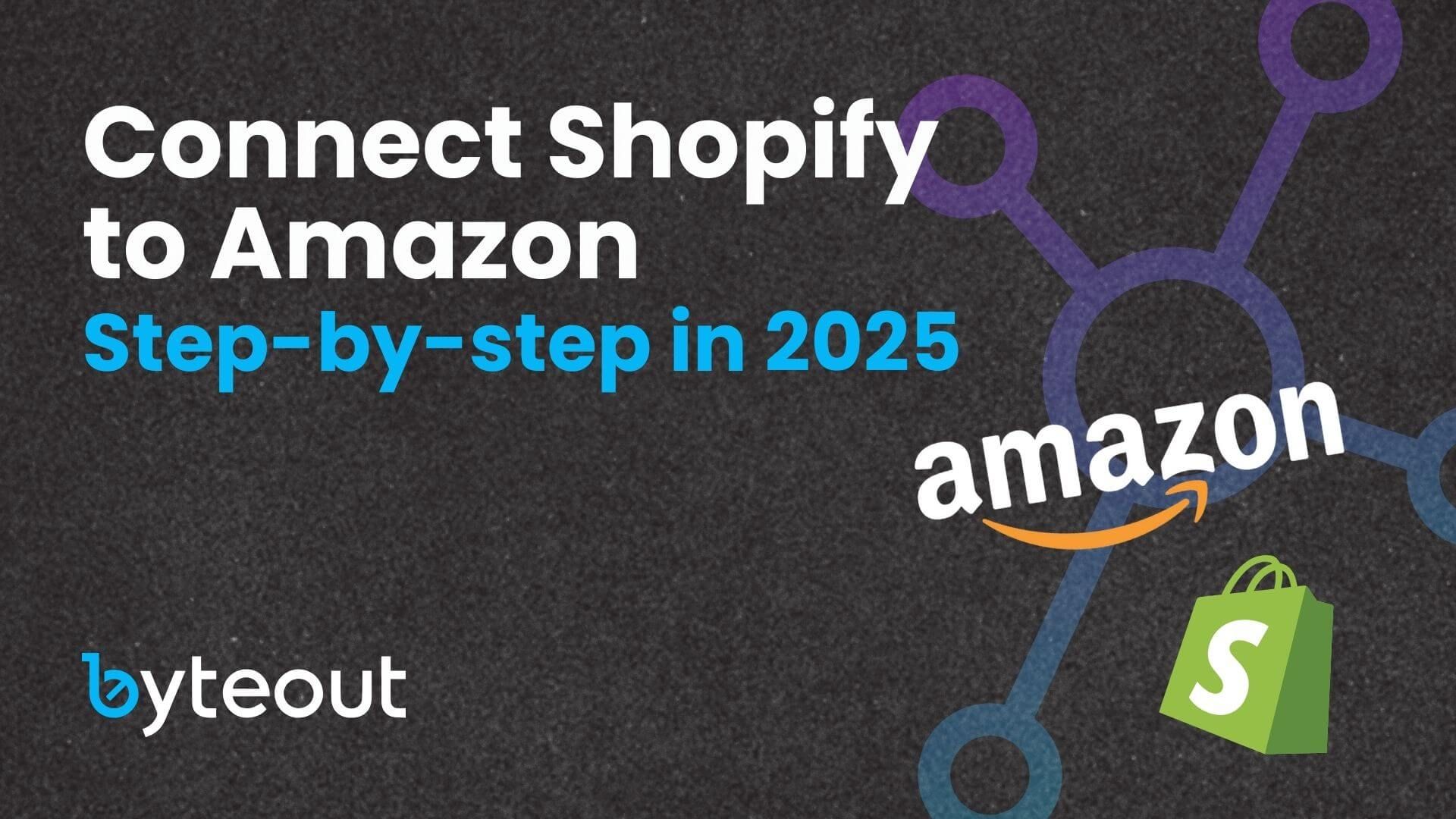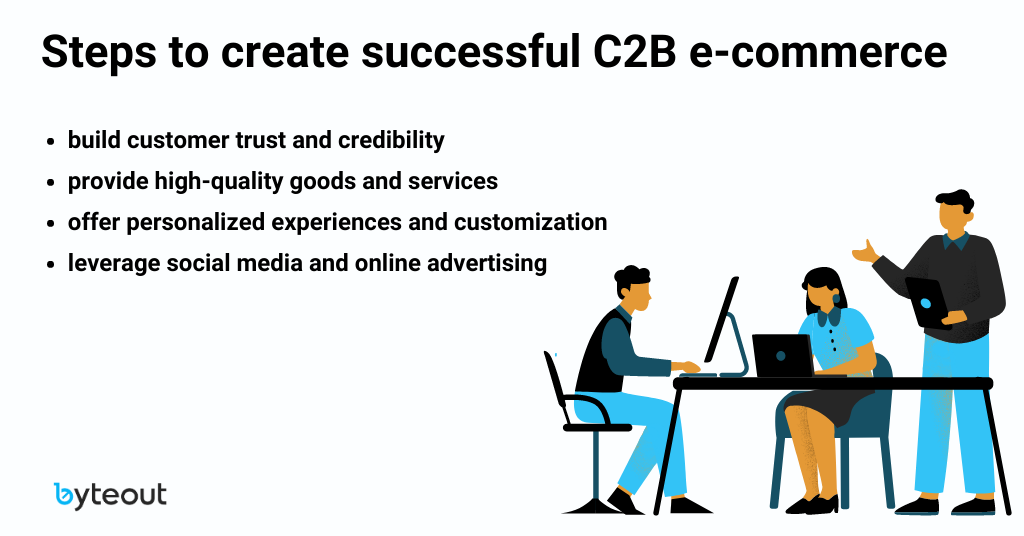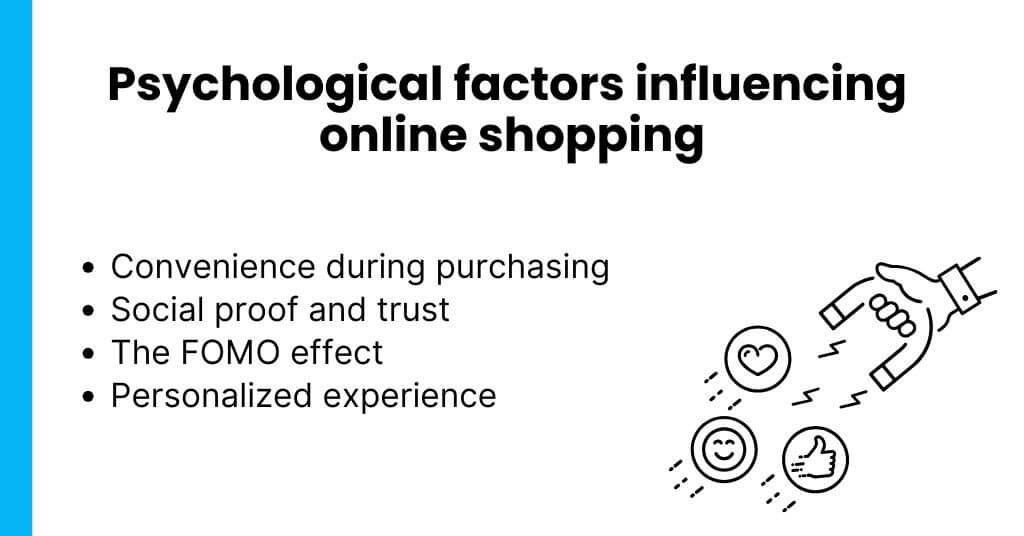
Top 5 ecommerce tips for owners
Running an ecommerce business is like being the captain of a ship. You need to navigate through tough days, keep your crew in check, and make sure your ship is in top condition to sail smoothly.
With so much going on, it’s easy to feel overwhelmed. But fear not! Let’s see the five ecommerce tips and where you can focus your energy to keep your business working.
Table of Contents
User experience – forever
Imagine walking into a store where the aisles are cluttered, the lighting is dim, and it’s impossible to find what you’re looking for.
You’d probably turn around and leave, right?
The same thing happens online. If your website isn’t user-friendly, visitors will go away and look for what they need elsewhere.
What’s the big deal about UX?
User Experience (UX) is all about making your website easy and enjoyable to use. A good UX not only helps convert visitors into buyers but also encourages repeat purchases. Of course, if you have good products worth coming back to.
How can you improve UX?
Start by testing your site’s speed and responsiveness. No one likes waiting for a page to load, especially when they’re trying to shop. Use tools like Google Analytics to see where users are dropping off and why. Simplify your checkout process—fewer clicks mean fewer chances for customers to abandon their cart.
Also, don’t forget about website accessibility. Your site should be easy to navigate for everyone, including people with disabilities. The easier it is for people to shop, the more sales you’ll make.
Mobile, mobile, mobile
Here’s a fact: over half of all ecommerce traffic comes from mobile devices. YES, people love shopping on their phones while they’re commuting, lounging on the couch, or even while in line at the coffee shop. If your site isn’t optimized for mobile, you’re missing out on a huge chunk of potential sales.
Mobile optimization matters a lot
Think about how you use your phone. You probably scroll quickly, and if a site doesn’t load fast enough or looks bad on your screen, you’ll leave. Your customers are probably the same. A mobile-optimized site ensures that your customers have a good shopping experience, no matter what device they’re using.
Nail the mobile optimization
First, make sure your site is mobile-responsive. This means it automatically adjusts to fit the screen size of any device: a smartphone, tablet, or desktop. Simplify navigation and reduce the number of form fields on mobile—no one wants to type out their life story on a tiny keyboard.
Consider getting a mobile app for your shop. There are so many benefits of having an app: more sales, push notifications, loyal customers…
Numbers aren’t boring
If you’re not using data to make decisions, you’re basically flying blind. Data-driven insights can be your best friend when it comes to understanding customer behavior and optimizing your marketing strategies.
Data is your BFF
With the right data, you can track everything from which products are selling like hotcakes to which marketing campaigns are worth paying for. You can identify trends, predict customer needs, and make informed decisions. Everything for growth!
Use data the right way
Start by setting up analytics tools like Google Analytics or Shopify Reports. These tools give you information about how customers interact with your site. Look at metrics like conversion rates, average order value, and customer lifetime value. Use this data to personalize customer experiences.
Don’t forget about data security. Your tech team should implement strong data protection measures, including regular backups and secure storage solutions, to keep your customers’ information safe.
Don’t hide money from SEO and content marketing
If you want customers to find your online store, you need to be visible. That’s where Search Engine Optimization (SEO) and content marketing come into play. They’re like the dynamic duo of online visibility.
Why are SEO and content marketing important
Organic traffic—visitors who find you through search engines like Google—is one of the most cost-effective ways to attract new customers. Unlike paid ads, which stop working as soon as you stop paying, good SEO and content continue to drive traffic over time.
How to improve SEO and content marketing
Start with keyword research. Find out what your potential customers are searching for and create content that answers their questions or solves their problems. This could be anything from blog posts and how-to guides to product descriptions and FAQs.
Don’t just stuff your site with keywords, though. Focus on creating high-quality, relevant content that provides real value to your customers. Regularly update your content to keep it fresh and invest in link-building strategies to improve your site’s authority.
A skilled tech team is half the work
You might be wondering, “Do I really need a tech team?” The short answer is yes. A skilled tech team is the backbone of your ecommerce shop. They keep everything running smoothly and can help you avoid costly mistakes.
Your tech team is there for maintaining your website’s performance, security, and scalability. They handle everything from regular updates and bug fixes to optimizing your infrastructure and ensuring your site can handle traffic spikes.
What to look for in a tech team
When hiring, look for a team with experience in your specific ecommerce platform (like Shopify, WooCommerce, etc.), as well as a strong understanding of web technologies and security best practices. They should be proactive, not just reactive, identifying and solving potential issues before they impact your customers.
Ecommerce tips mean peaceful water, indefinite sailing
Running an ecommerce business is everything but easy, but by focusing on these five key areas you’ll be well on your way to success.
Keep in mind: it’s not just about getting things right today, but about building a sustainable, scalable business that can weather any storm.

Your Amazon store needs a partner
We build and grow your Shopify DTC business together with Amazon.
Find out how to own your audience and not depend only on Amazon high fees.
Our ecommerce nerds recommend reading

Best Amazon FBA course: Top picks for 2025

Connect Shopify to Amazon: Step-by-step in 2025

C2B e-commerce


